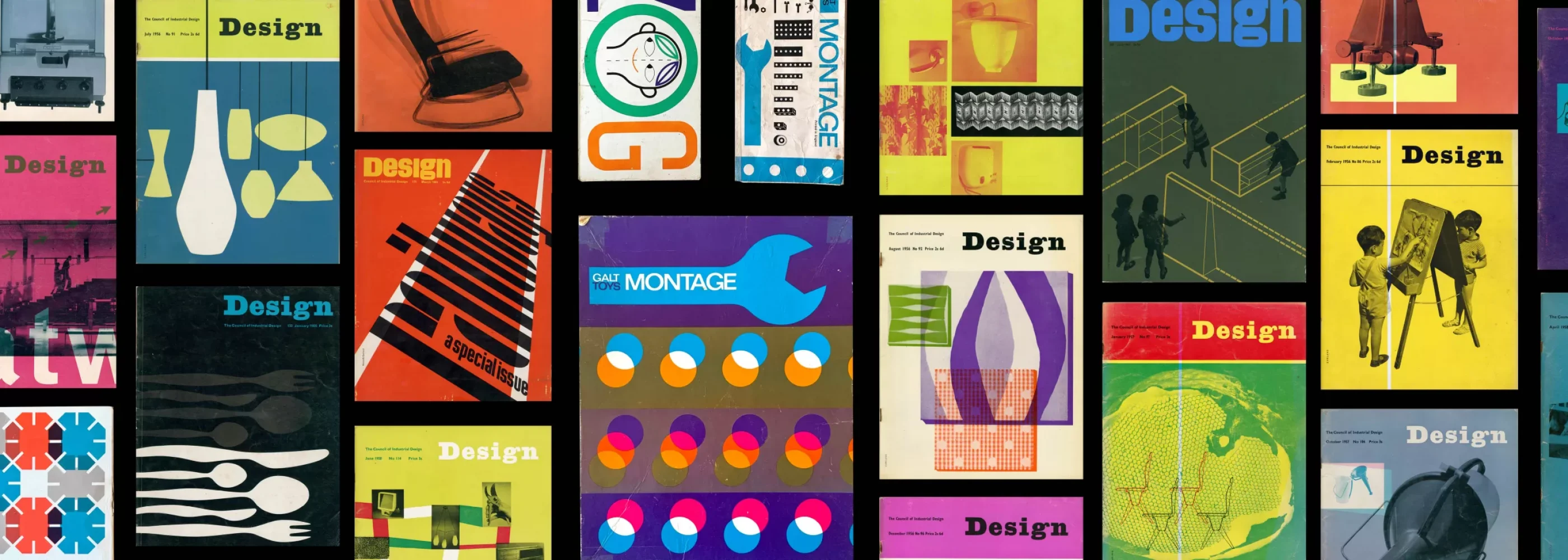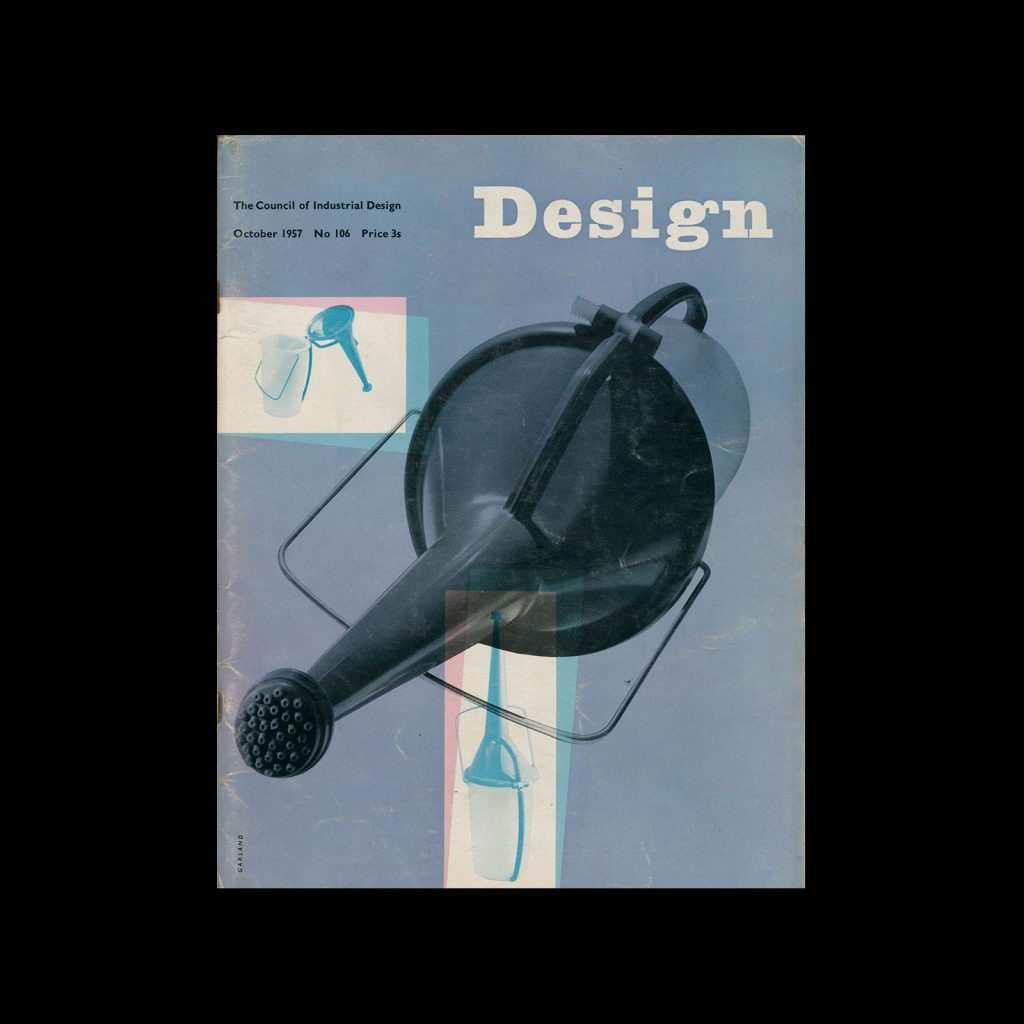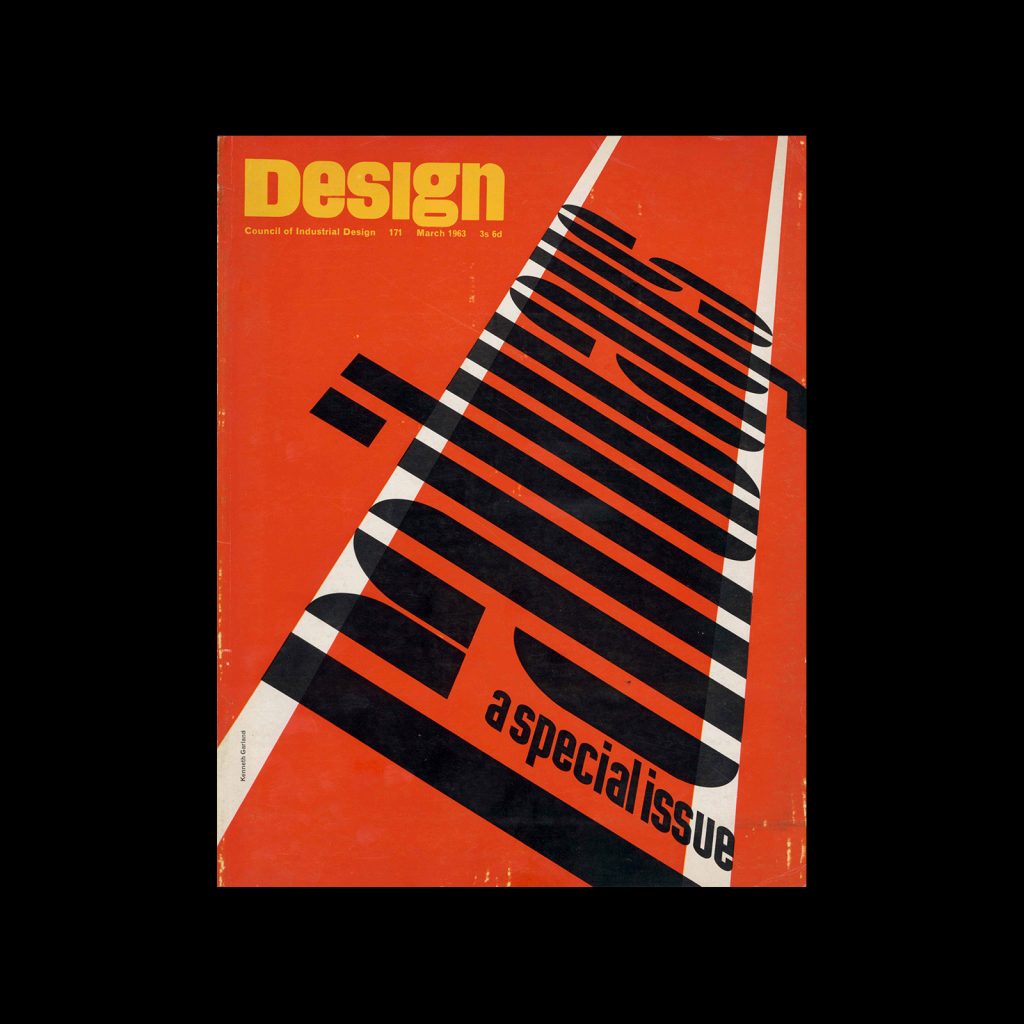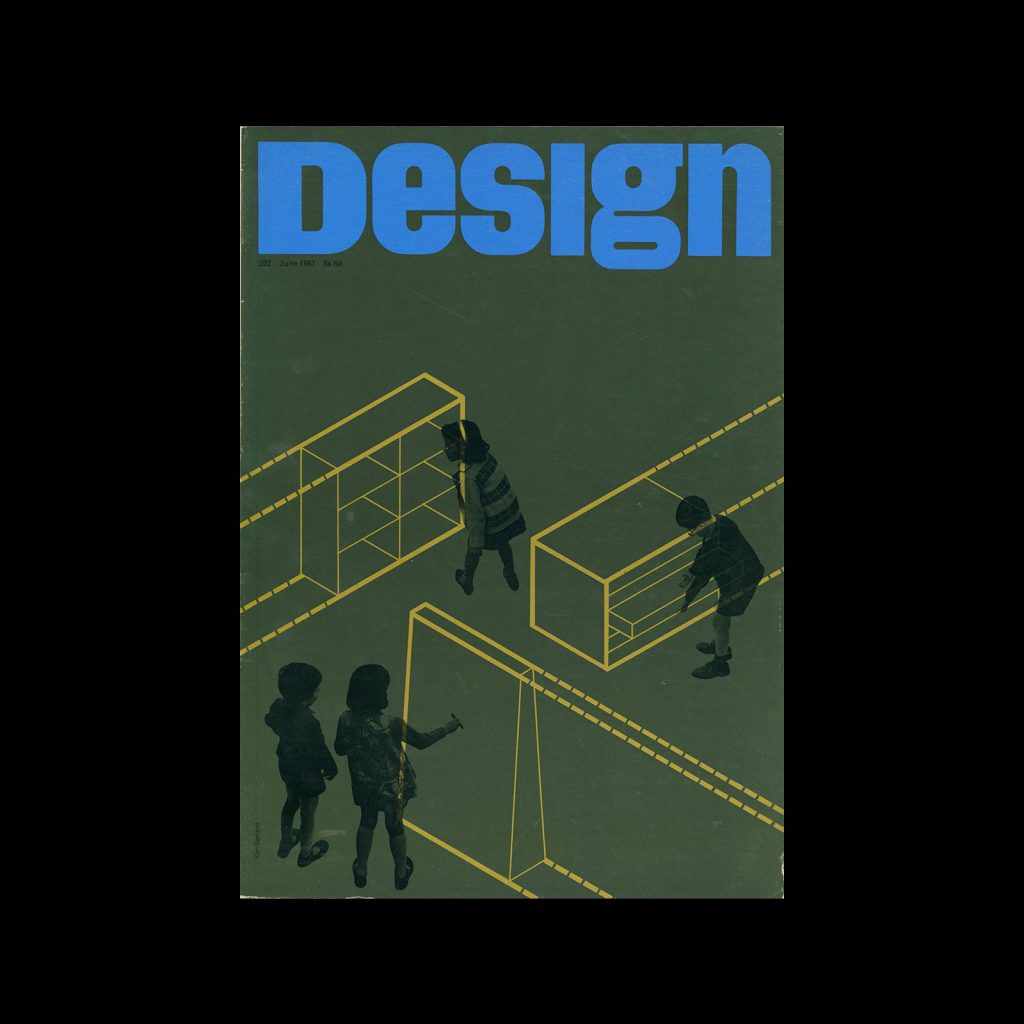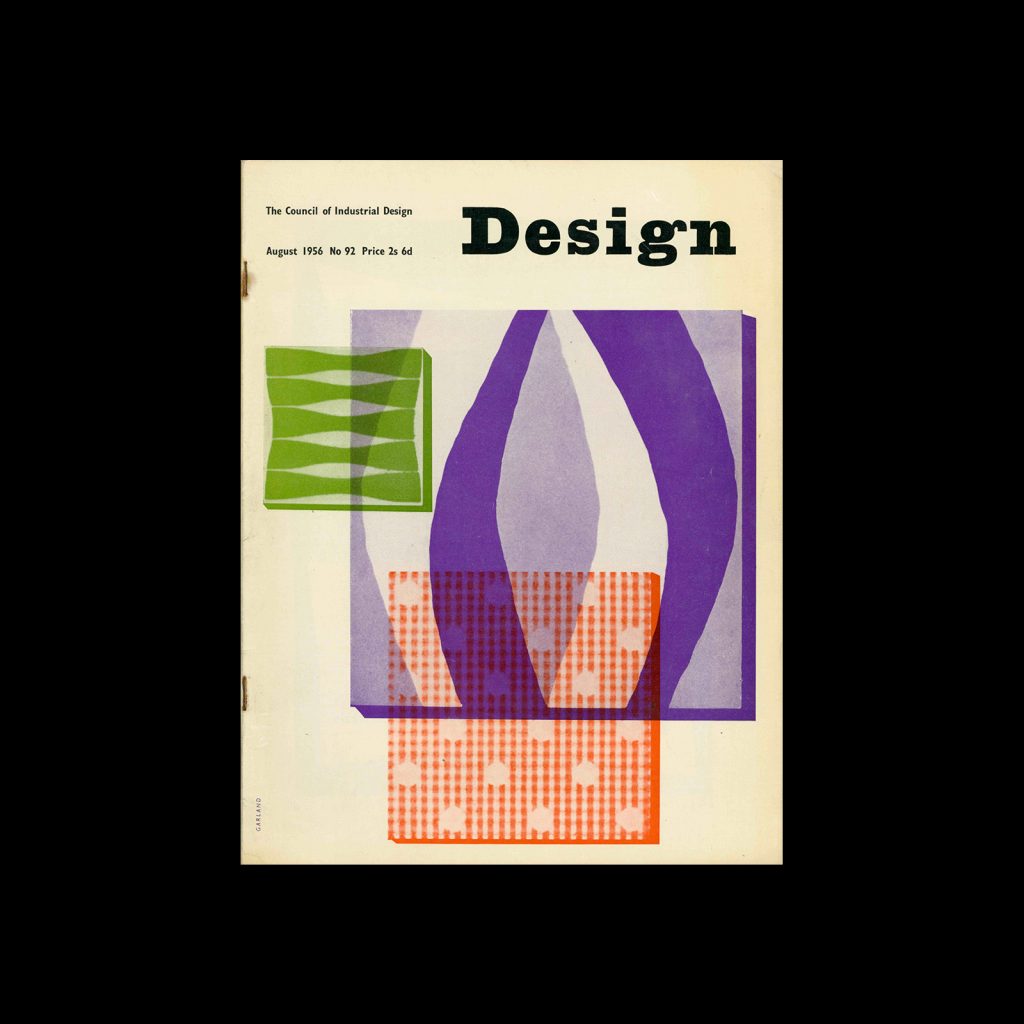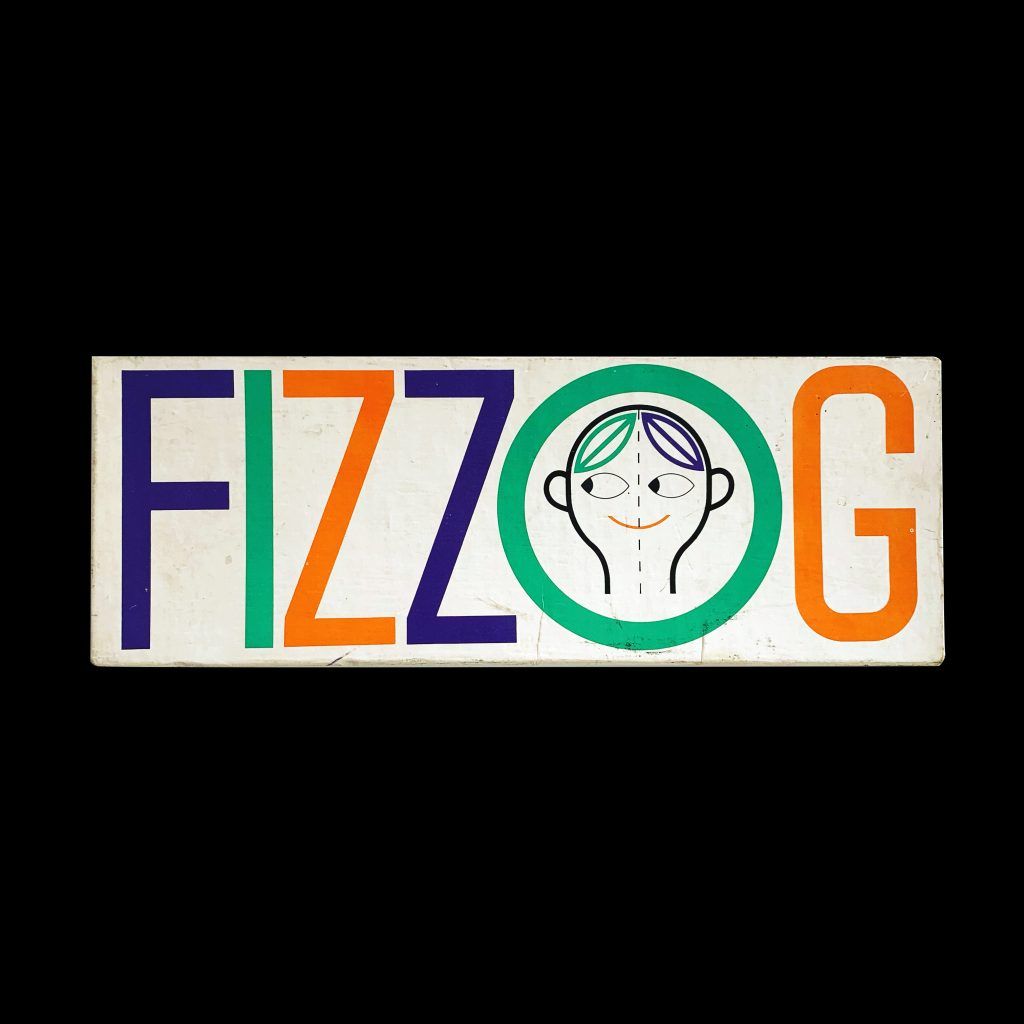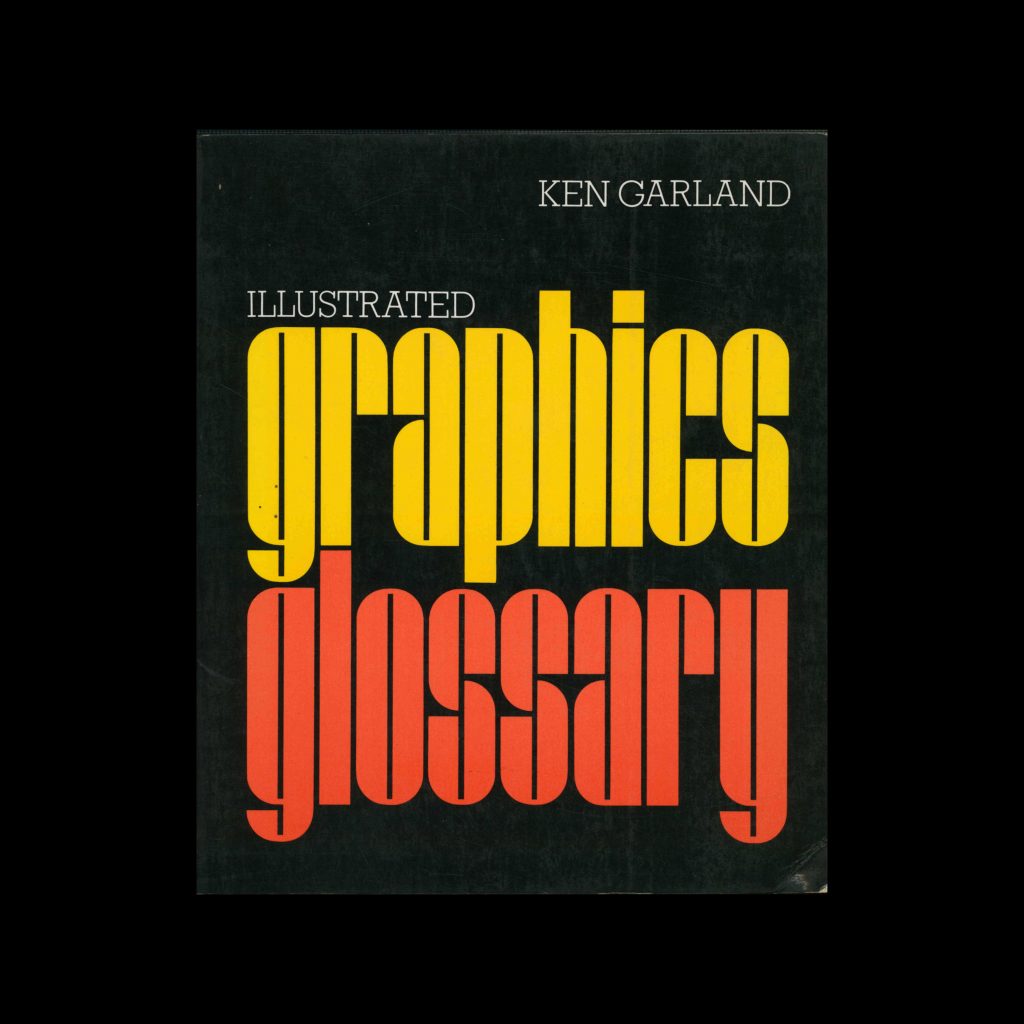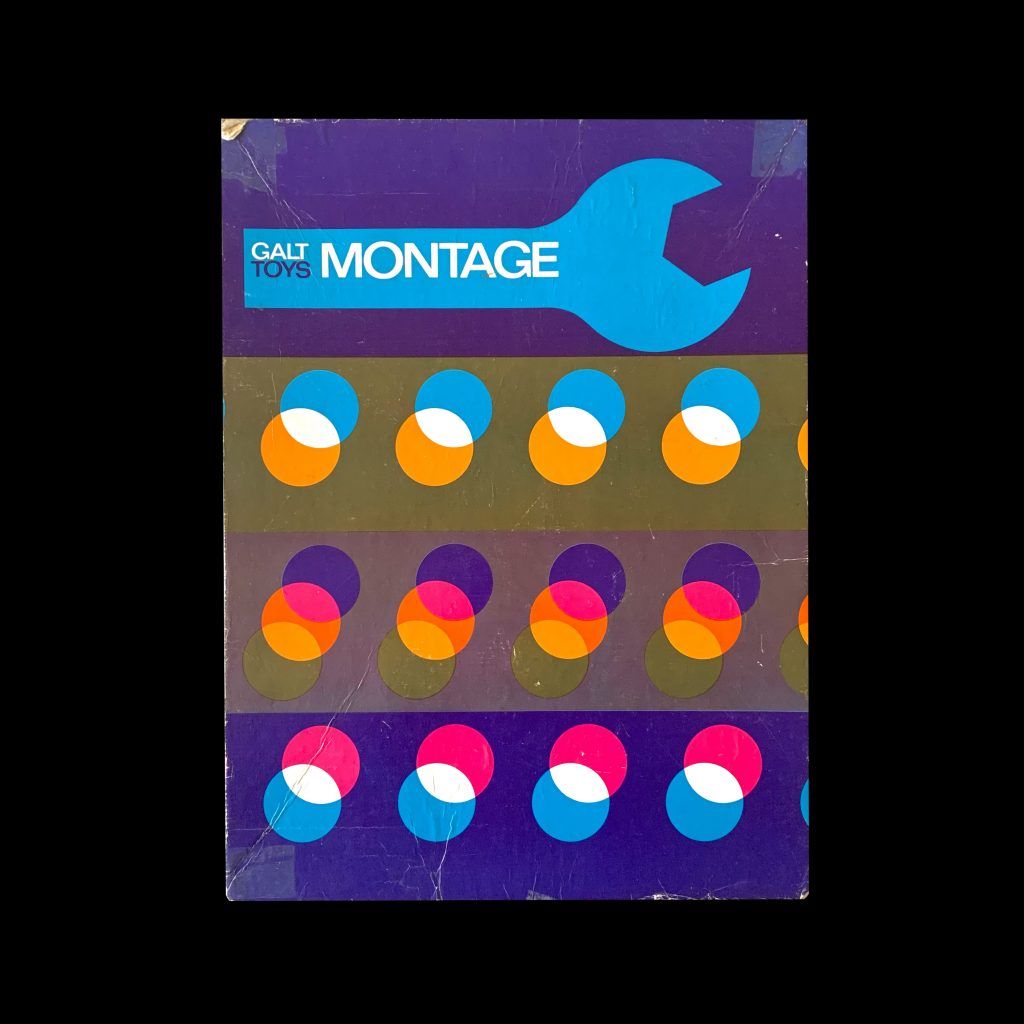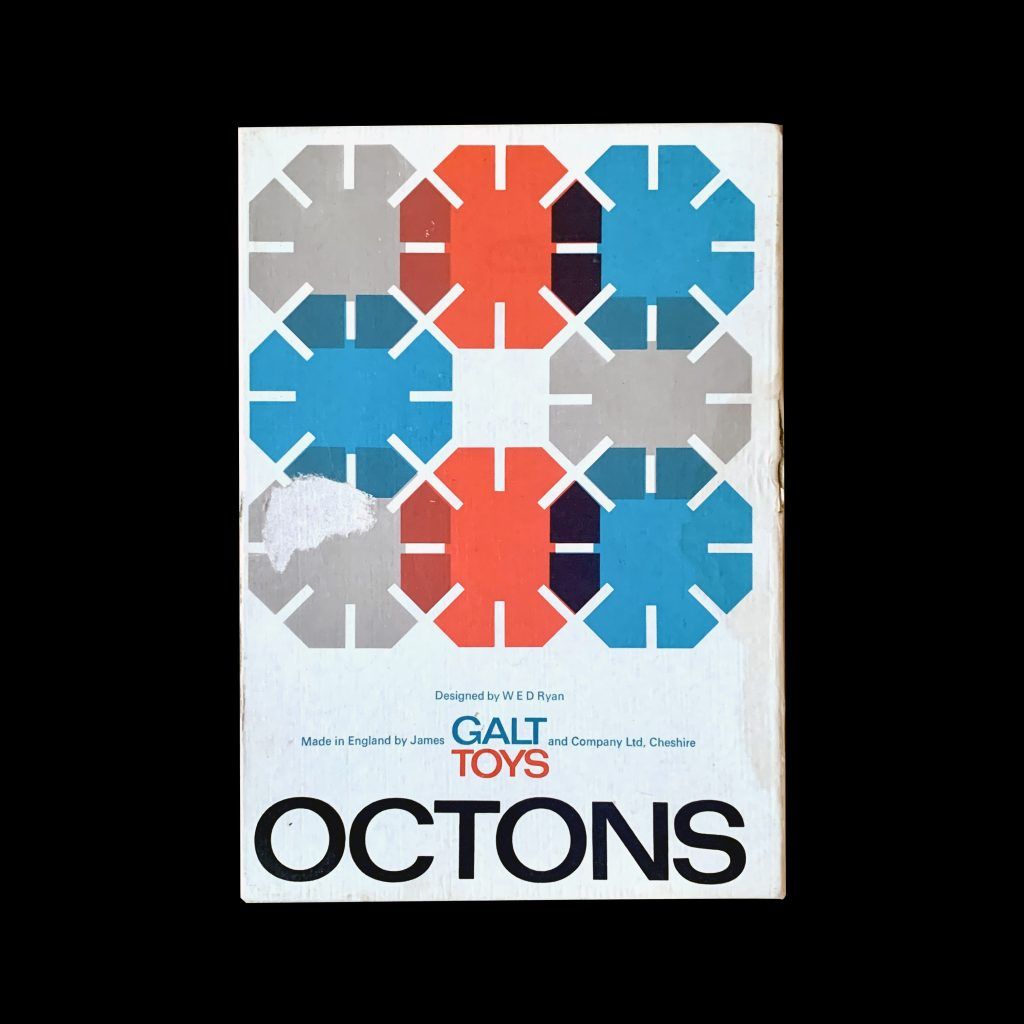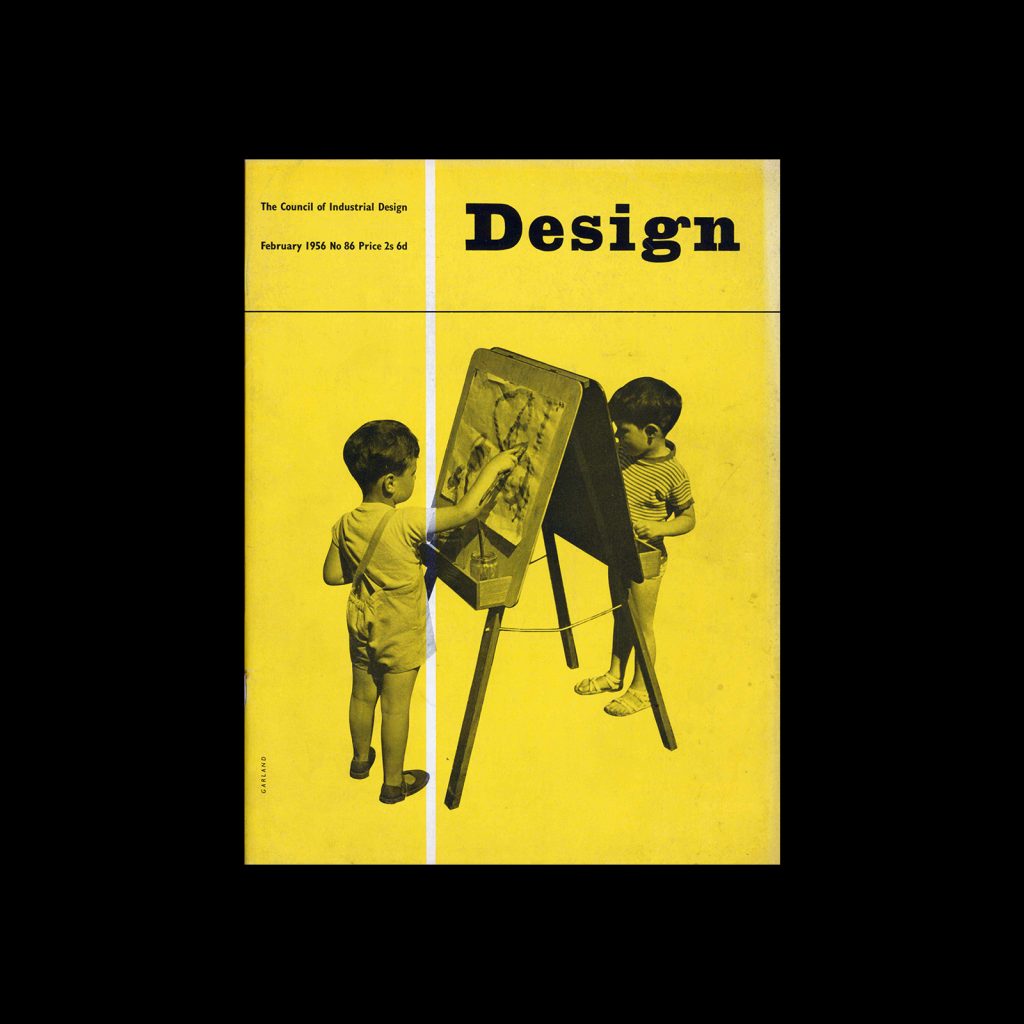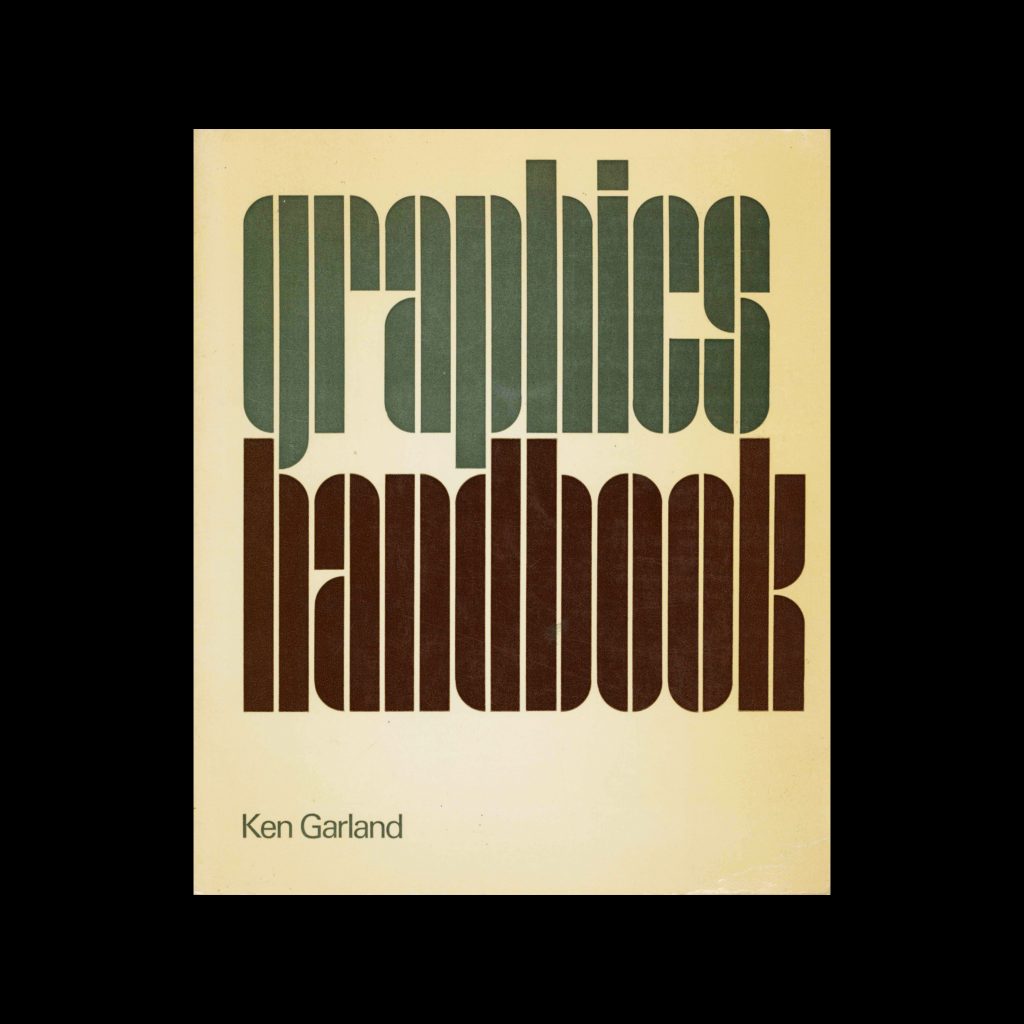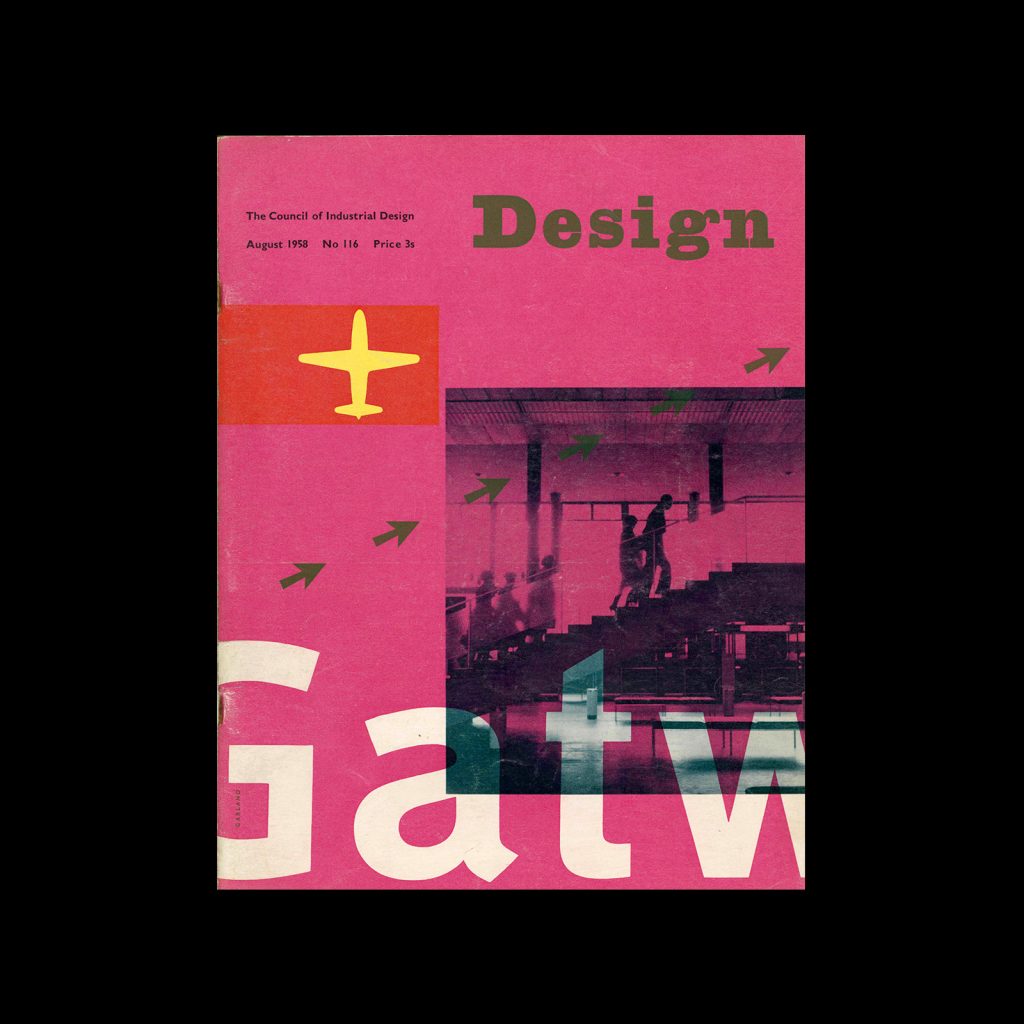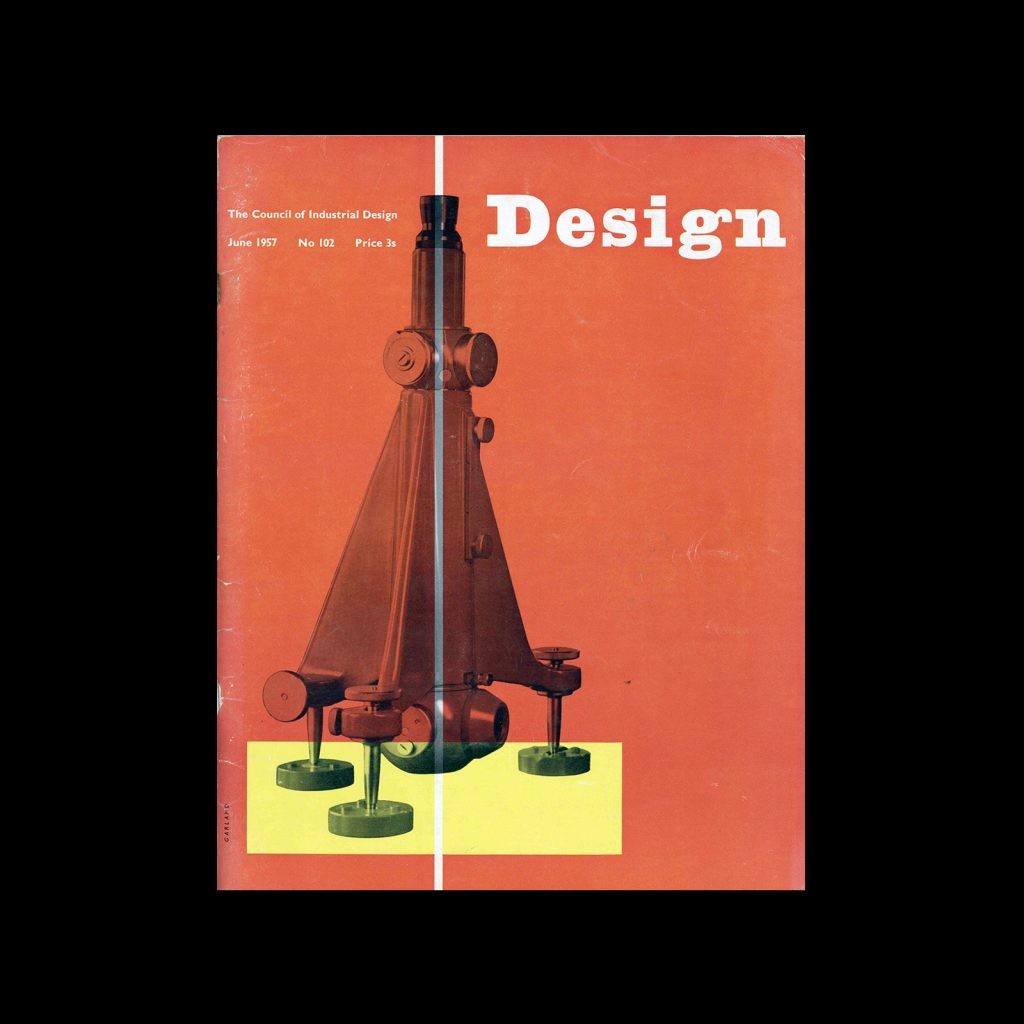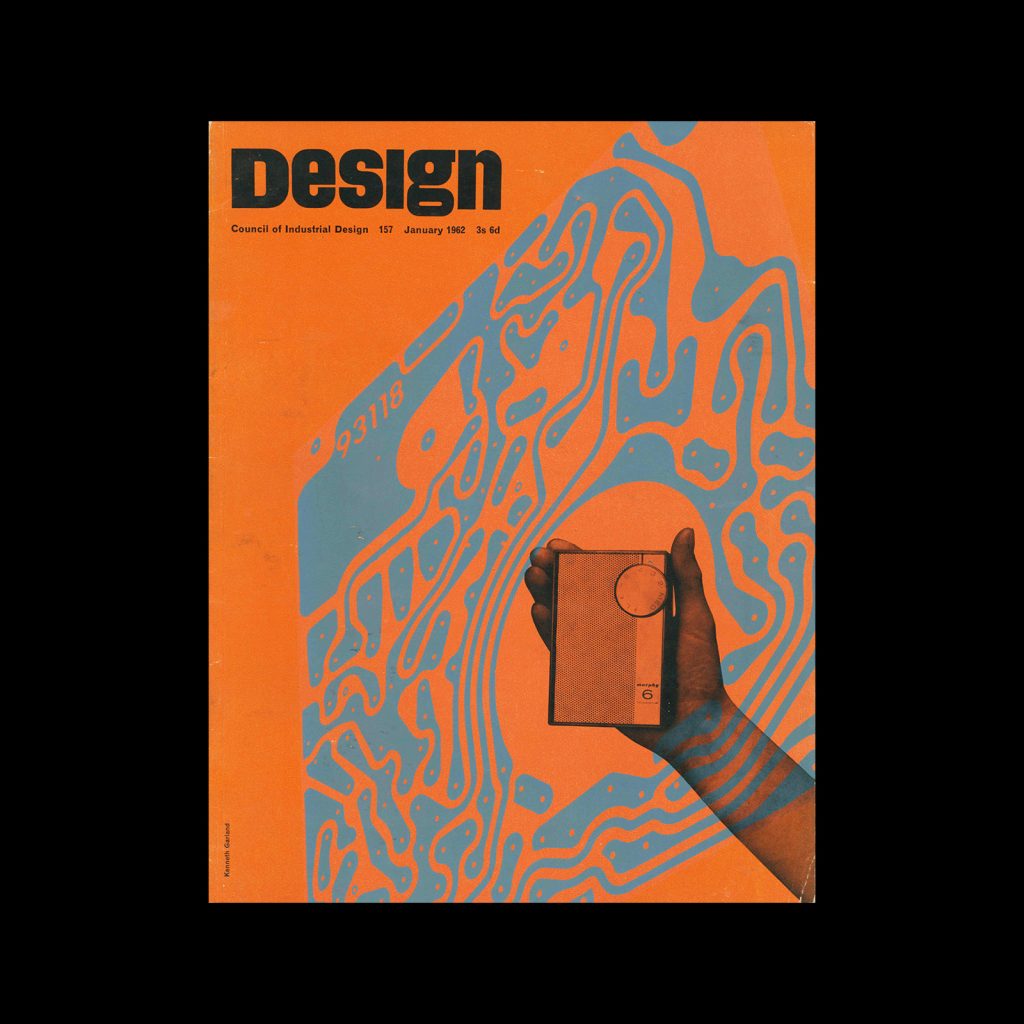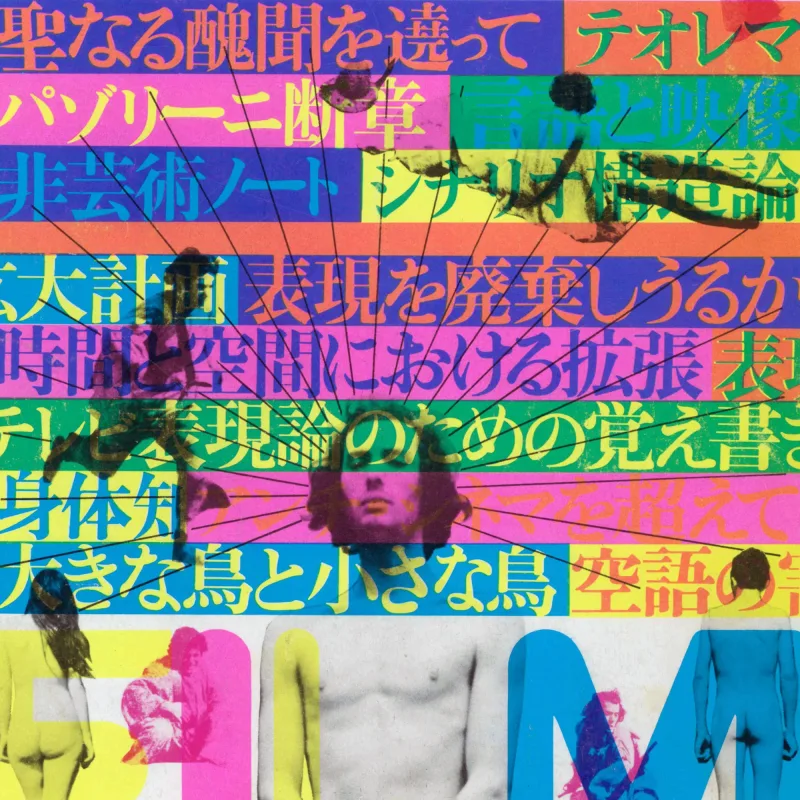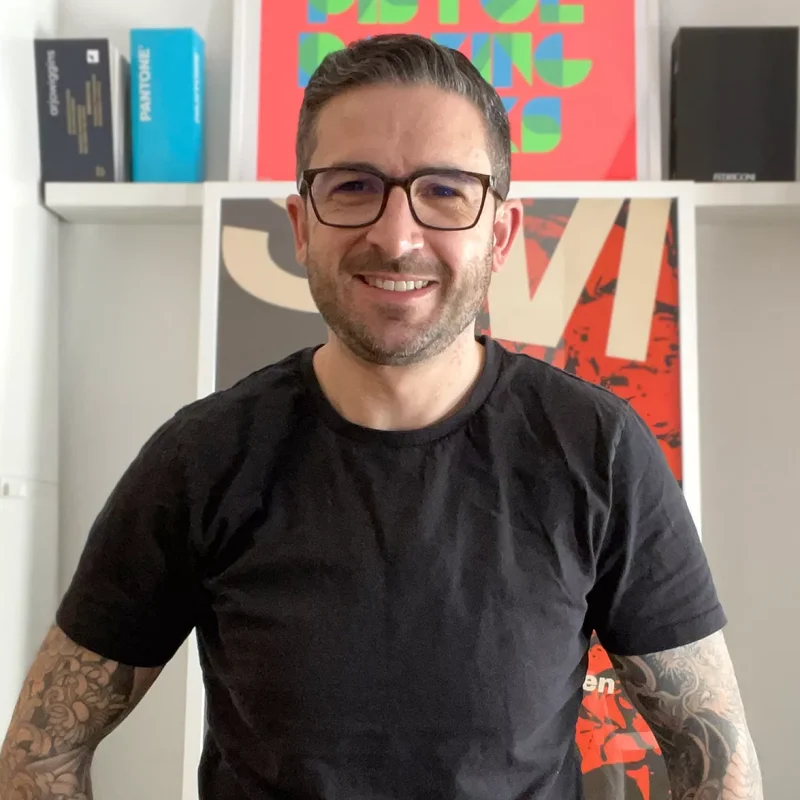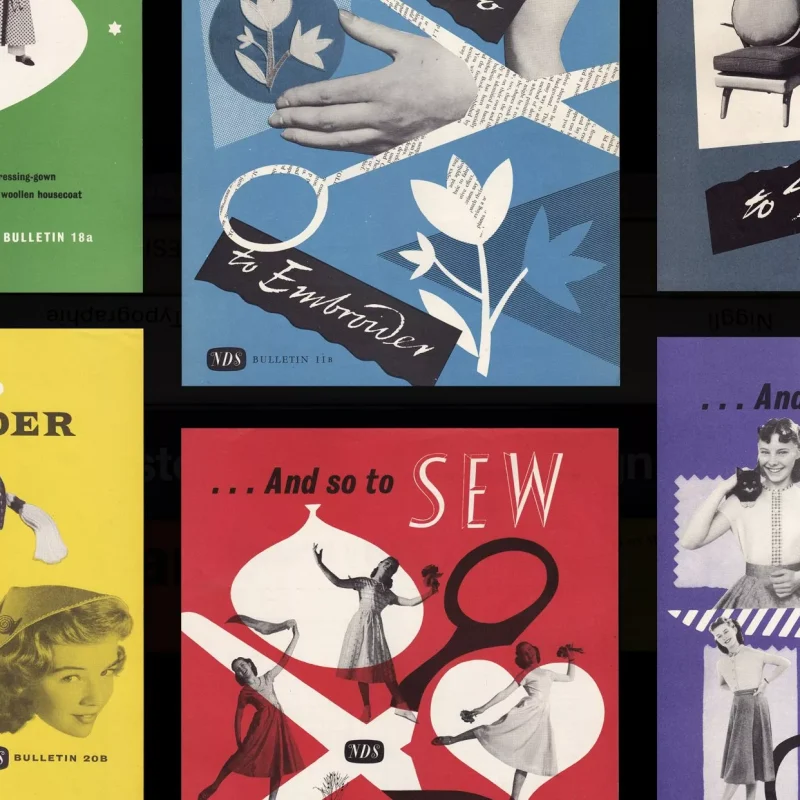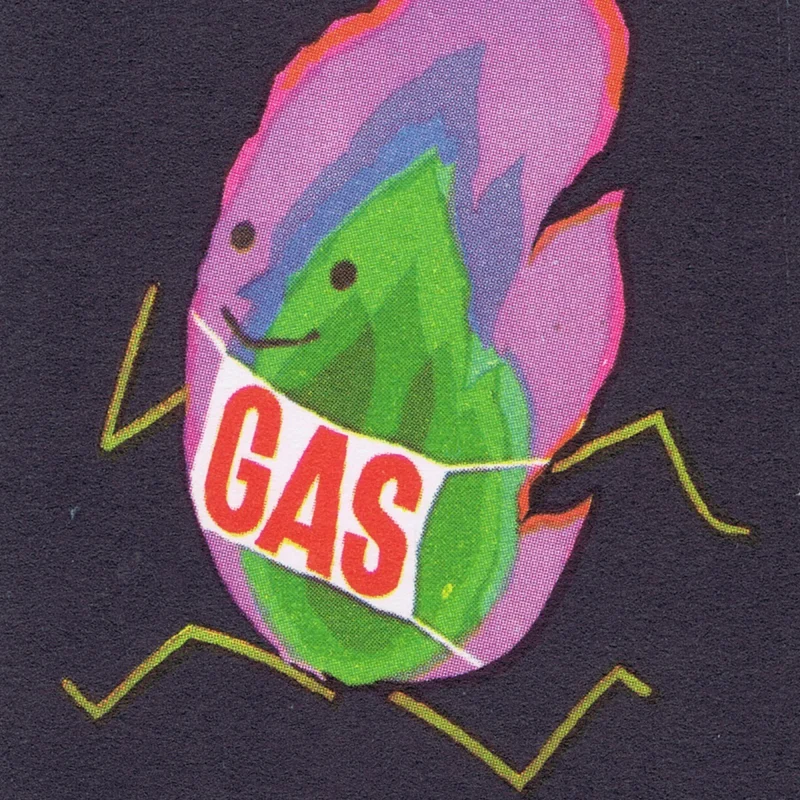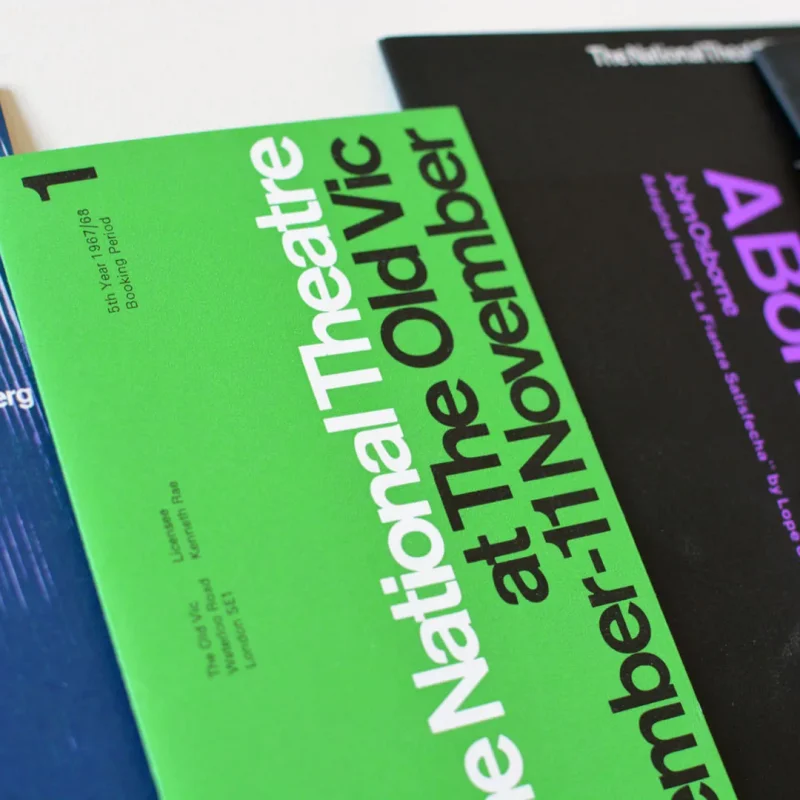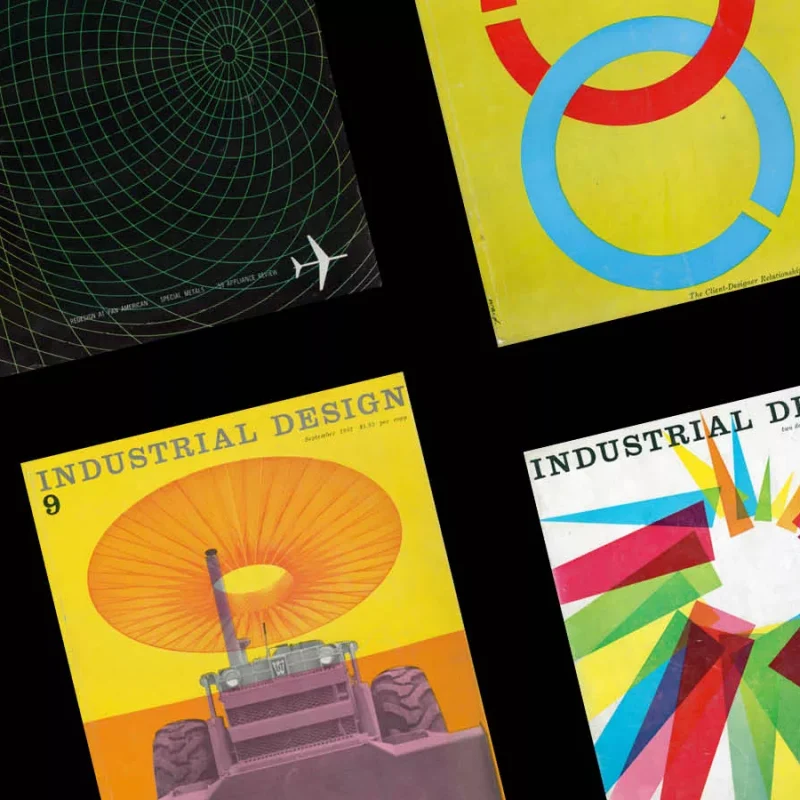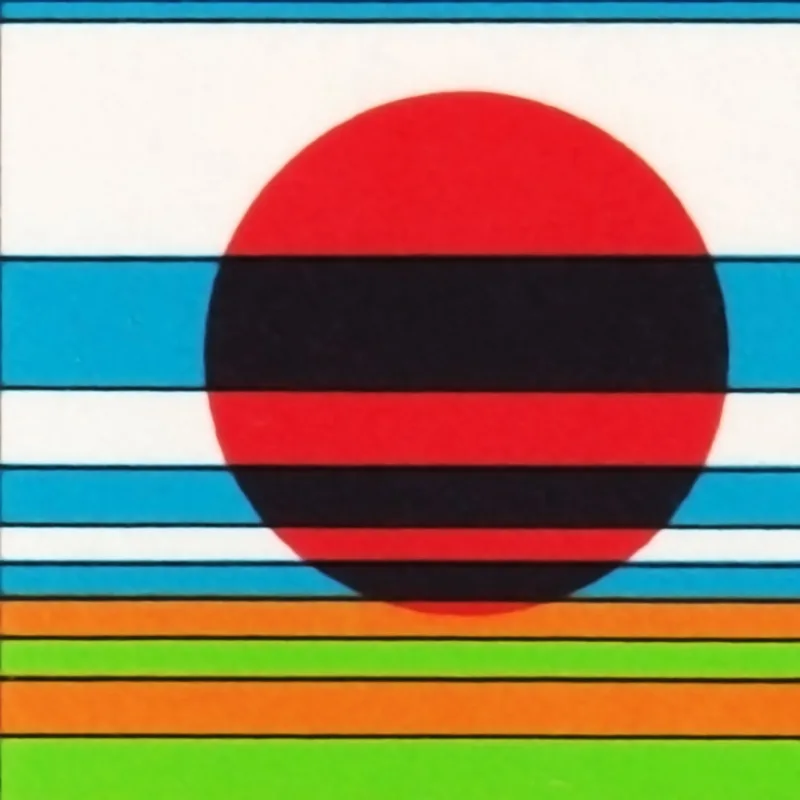
Photograph: Unit Editions
Ken was born in 1929, in Southampton and grew up in a small market town in North Devon. He was a principled man, with strong values and views against the hyper-consumerism we live with today. Ken studied at the London Central School of Arts and Crafts in the 1950s and was taught by Herbert Spencer, Anthony Froshaug and Jesse Collins. Whilst at the School he studied alongside designers Ken Briggs, Alan Fletcher and Colin Forbes.
He launched his design agency Ken Garland Associates in the early 60s in Camden and worked and lived there for over half a century. Their longest client retainer lasted 20 years, this was for James Galt and Company. He produced a range of design from magazine covers for Design, published by the Council of Industrial Design, posters for CND to packaging design for Galt Toys.
Articles on the web
AGI: http://2017.agi-congress.com/speakers/ken-garland
From CND to Hollywood: the ruthlessly brilliant designs of Ken Garland: https://www.theguardian.com/
artanddesign/2020/sep/07/ken-garland-graphic-designer-cnd-manifesto-hollywood
Unit Editions: Ken Garland book — free to download as a PDF
Eye Magazine: Articles about Ken Garland

